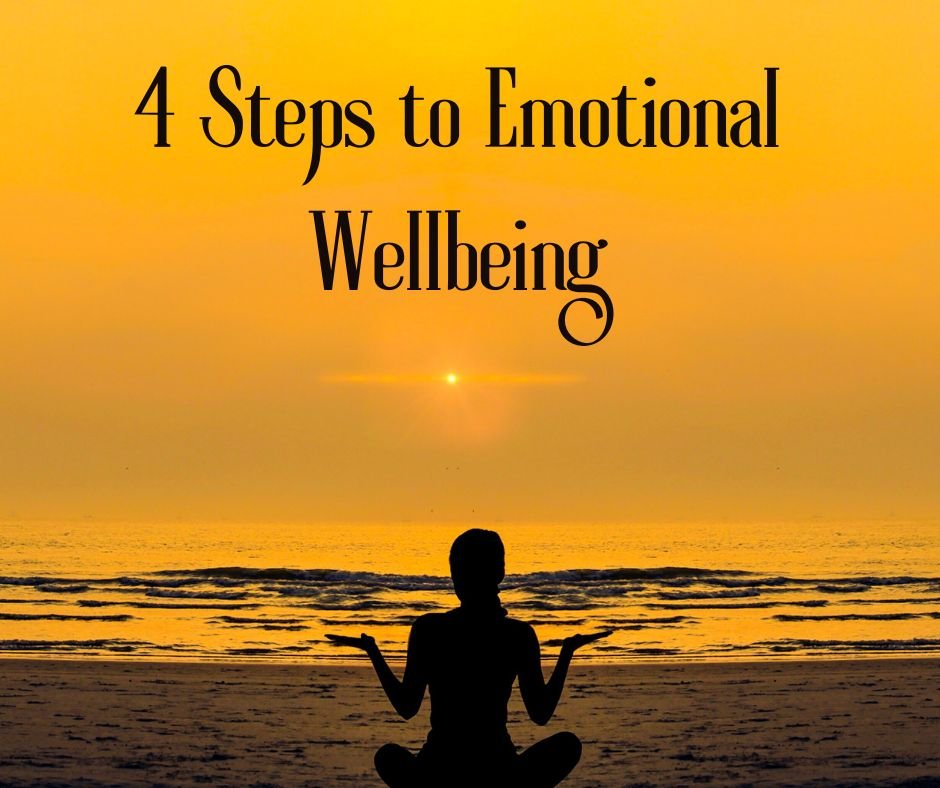
4 Steps To Emotional Wellbeing
Terms like emotional wellness/mental wellness seem to be in vogue these days. This is predominantly due to the increasing awareness and experience about the stress factor in life. With each of us juggling at multiple ends, managing stress and the resultant imbalance in emotions is one of the biggest challenges.
In this blog let us see how and why do people experience an imbalance or disharmony in emotions and what can we do about it. This blog may seem like a different school of thought, but it is worthwhile pondering on if it can give some insights and solutions to the said problem. Let us begin with understanding emotions.
We all will agree that emotions are a person’s response to different situations. We come across different situations in life, perceive them through our senses like seeing them, hearing feeling etc and then the response is an emotion. It may be happiness, joy, excitement or boredom, sadness, anger etc. But these emotions are individualistic. They differ from person to person. Two people going through the same experience may have different sets of emotions altogether based on their inherent personalities. For e.g an inherent authoritative person may respond differently to a situation compared to a shy introvert person. And depending on the situation the emotions can be of different categories as well. We could experience three predominant categories of emotions:
- Positive emotions like happiness, joy, ecstasy, contentment, gratitude, tranquil, peace etc
- Negative emotions like extreme anger, hatred, jealousy, depression, anxiety, panic, trauma etc. When we experience these emotions, they often seem out of control and we feel the need for help.
That said there is another set of emotions we often experience which are not so severe, and comes under the third category.
- Borderline emotions like irritability, constant thoughts, loneliness, Monday morning blues, fear of certain things etc. We often experience these emotions, and tend to ignore them. We move on thinking they will heal on their own. However, we need to understand that ignoring these beyond a point will ultimately result in extreme negative emotions mentioned in category 2. Hence it is necessary to deal with them at this stage.
How do we then handle these borderline emotions? This can be done in the following steps
- Identify and accept: To manage or heal the borderline emotions it is first important to identify them and accept them. Take some time out, zoom out of the situation and identify and name your emotions.
- Self-care Program: Try to have a self-care regimen for yourself. Prioritise the making and implementation of the self-care program. There are always going to be fall outs. But it is important to rise every time you fall and continue.
- Take help: Don’t hesitate to take help. Nothing is more important than our health and happiness. And it is not wrong to ask for help if needed. Just as we would visit a physician when we are physiologically ill, it is important to visit a therapist/coach when we feel the need for emotional help.
- The best complement: Complement all you do with the most wonderful and amazing therapy of nature. Bach Flower therapy. These are water down extracts of English wild flowers developed by a physician in England, Dr. Edward Bach. They help in the healing and harmonizing of emotions. A flower therapist will take a detailed history of your emotional status and make a remedy combination from these flower extracts suited just for you.
Most of the diseases today are categorised as lifestyle diseases or psychosomatic diseases. Keeping ourselves mentally healthy will thus play a key role in our overall well-being and happiness. Sparing a few minutes every week on ourselves following the above four steps can help us long way in our well-being and happiness.
